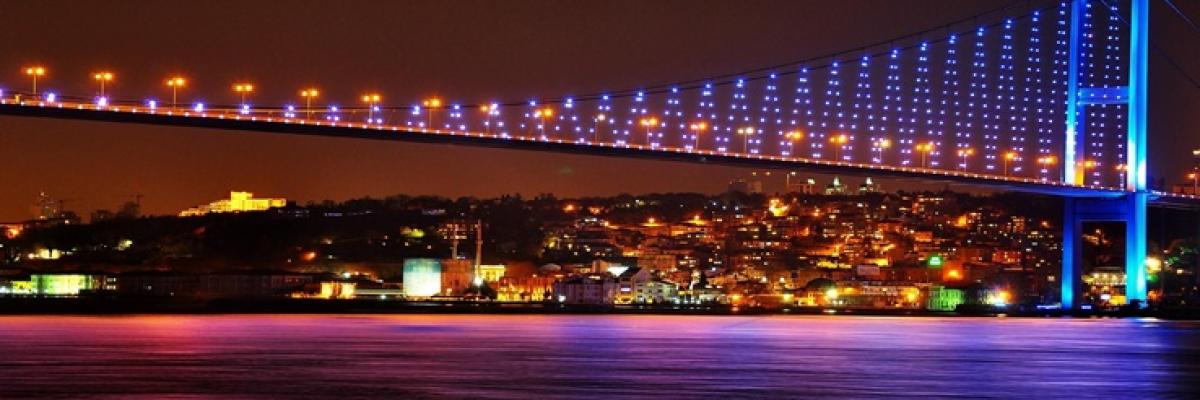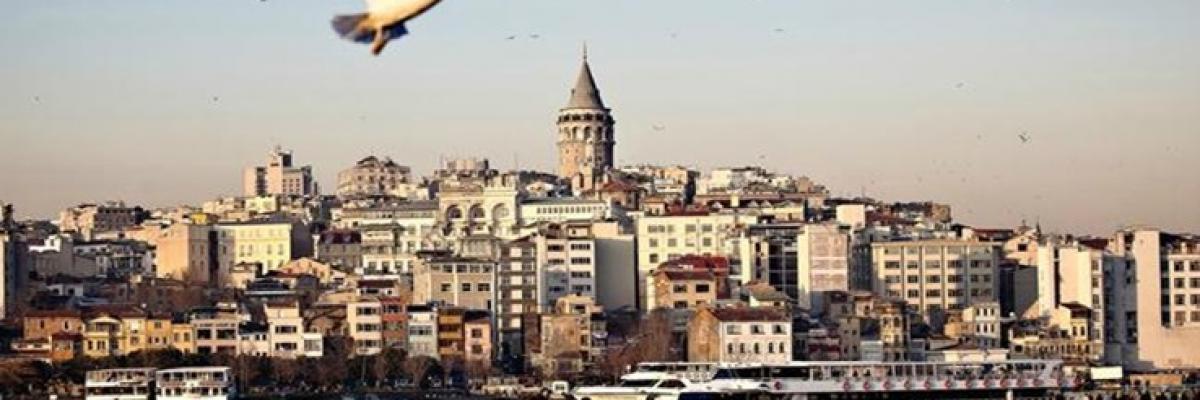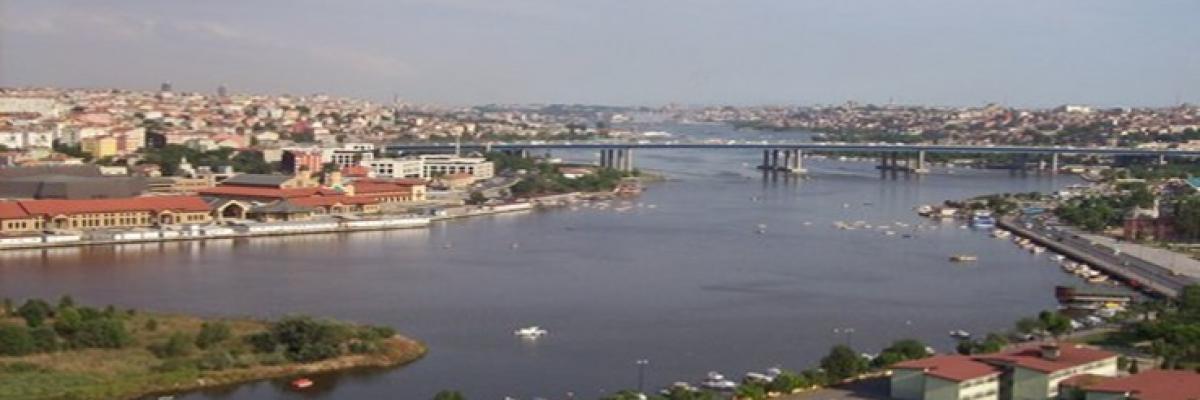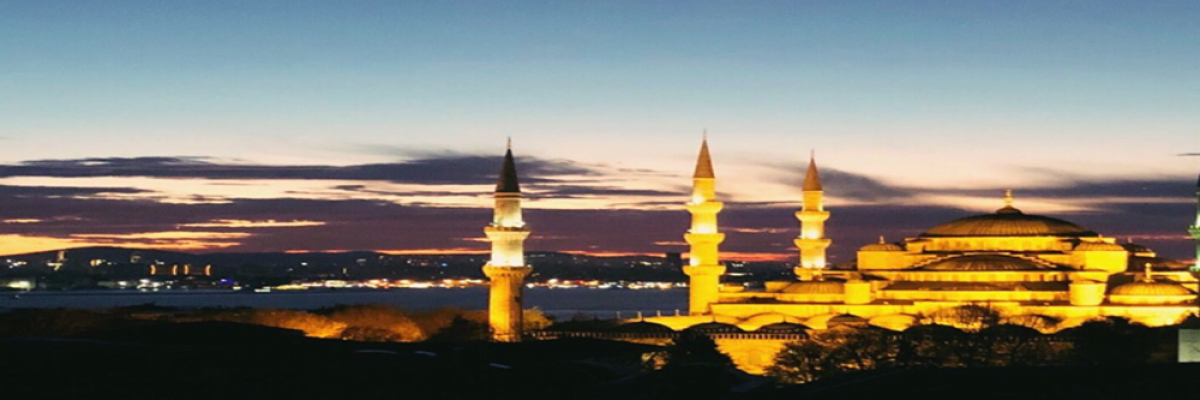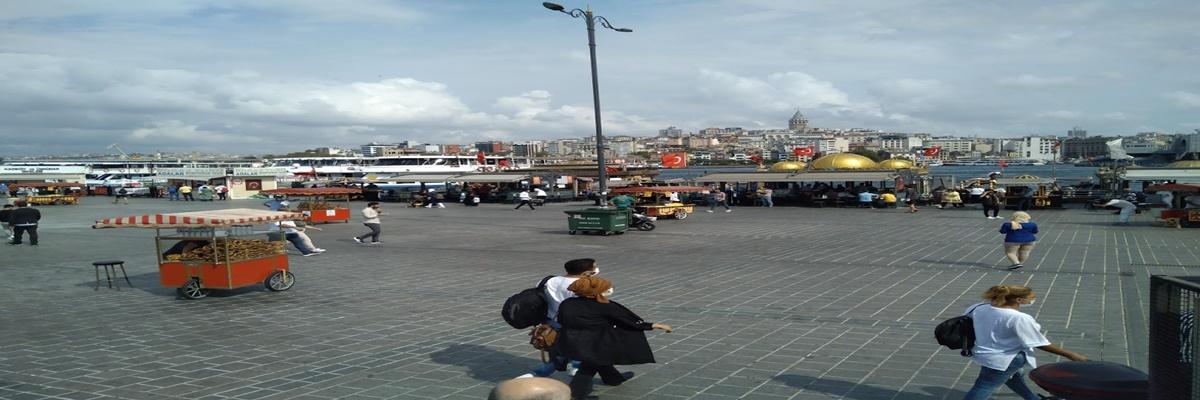Black Sea Region
BLACK SEA REGION

The Black Sea Region, one of our largest regions, constitutes about one-sixth of the country. The border of Armenia and Georgia in the east, the Adapazarı Plain and the Bilecik area in the west, the Black Sea in the north and the Çoruh and Celtic valleys in the south are surrounded by mountains surrounding the south. It consists of the West, Central and Eastern Black Sea subdivisions. In this region, the mountains rise gradually towards the east and extend in several rows parallel to the coast. In the coastal region, there are wide plains formed by the Kızılırmak and Yeşilırmak deltas and the Rize Mountains with a height of more than 3500 m right behind them. The highest point of these mountains, Kaçkar Hill, is 3932 meters high. These mountains are crossed by Kop and Zigana passes. The other two mountains of the Eastern Black Sea region are Akdağ and Mescit Mountain. In the Central Black Sea section, there are Canik Mountains located in the west of Giresun Mountains. The mountain range, which descends in the western part where Küre and Köroğlu mountains are located, rise again after Kızılırmak Valley and this altitude reaches approximately 2550 m in Ilgaz Mountain.
Important Mountains of the Region:
Kaçkar Mountain (Rize) .3932 m
Üçdonuk Mountain (Rize) 3709 m
Bulut Mountain (Rize) 3562 m
Mescit Mountain (İspir) 3239 m
Karagöl Mountain (Giresun) 3107 m
Çakırgöl Mountain (Trabzon) 3082 m
Kiliclar Mountain (Giresun) 3039 m
Kop Mountain (Askale) 2918 m
Streams of the Region:
Yeşilırmak: It rises from the Köse Mountain near Sivas; It takes Çorum, Kelkit waters and Terkasan Stream. Mercury pours into the Black Sea in the nose. Its length is 519 km.
Çoruh: It leaves the Monk Mountain and flows into the Black Sea from the CIS lands. The length of the borders of Turkey is 466 km.
Kızılırmak: İt is the Turkey's longest river. Sivas rises from Kızıl Mountain. After flowing through Sivas, Kayseri, Nevşehir, Kırşehir, Ankara, Çankırı, Çorum and Samsun lands, it flows into the Black Sea at Bafra Cape. Its length is 1182 km.
Sakarya: It is born in the foothills of Emirdağ. It merges with the Porsuk, which is its biggest arm. In Bilecik, it passes to the Marmara Region and the Black Sea is poured. Its length is 824 km.
The main lakes of the region:
Fish Lagoon Area: 12 km2
Semenlik Lagoon 19 km2
Tortum Lake 8 km2
Melen Lake 5 km2
The region took its name from the Black Sea, where it is neighbor. The whole of the region shows similar characteristics in terms of natural, economic and human characteristics. However, landforms are divided into three parts depending on climate, agriculture, settlement and economic activities. These are the West, Central and Eastern Black Sea.
Landforms
Mountains, mountains extending in three parallel rows in the Western Black Sea, move away from the shore in the Middle Black Sea and lie in a single line. The average elevation has decreased. In the Eastern Black Sea, the mountains extend in two rows. The highest mountains of the region are in this part. Among the mountain ranges are the depression plains extending in the west-east direction and the Çoruh-Kelkit, Gökırmak and Devres valleys.
Plains: The largest coastal plains of the region are Çarşamba and Bafra delta plains. There are collapsed plains such as Suluova, Taşova, Turhal, Merzifon, Tosya, Boyabat in the inner parts. These plains are collapsing of Turkey's most active earthquake.
Streams and Lakes
Rivers: Yenice, Bartın, Kızılırmak, Yeşilırmak and Çoruh are the important rivers of the region. Their bed slopes are high and their regimes are irregular rivers. Due to the snow melts, the flow is high in the spring months.
Lakes: There are many glacial lakes and landslide set lakes in the region. Especially in the Eastern Black Sea Mountains, glacial lakes formed by glacier are common. Sera (Uzungöl), Tortum, Borabay, Abant and Yedigöller are the main landslide set lakes. In addition, there are many dam lakes in the region.
Climate
The Black Sea climate, which is rainy in all seasons, cool in summers and mild in winters, is effective along the coastline of the region. These climate effects reach the inner parts of the Middle Black Sea depending on the landforms. The climate is continental in the western and eastern parts of the Black Sea, and the amount of precipitation decreases.
Natural Vegetation
In the Black Sea Region, where the climatic conditions are suitable for forest growth, dense forest cover is seen especially on the mountain slopes facing the sea. Forests start above sea level and reach up to 2200 meters.
Population and Settlement
The region ranks third in terms of population. Most of the population is concentrated in the Eastern Black Sea coasts, plains in the Central Black Sea and Zonguldak Region in the Western Black Sea. The humid climate and agricultural conditions in the region led to the excess of the rural population. The roughness of the land and the abundance of water resources have spread dispersed settlement. Wooden houses are common as a residential type.
Provinces: Amasya, Artvin, Bartin, Bayburt, Bolu, Çorum, Giresun, Gümüşhane, Karabük, Kastamonu, Ordu, Rize, Samsun, Sinop, Tokat, Trabzon, Zonguldak.
Economic Features
Agriculture
The humid climate in the region and the rainy summer season on the coast have prevented grain agriculture such as wheat barley. It has popularized agricultural products that need plenty of moisture. Agricultural lands are fragmented and narrow and generally sloping lands. This situation prevented the use of machinery in agriculture. Horticulture is common in the Eastern Black Sea coast.
Agricultural products
Corn: It has replaced wheat in the coastal area. It is the main food of the people. The region ranks first in corn production. However, since all corn produced is consumed within the region, it has no commercial value.
Tobacco: Black Sea Region ranks second in production after Aegean Region. Bafra Plain (Samsun) is the area with the most intensive cultivation. It is also grown in Tokat, Amasya, Düzce Plain (Bolu) and Rize Region.
Hazelnut: Hazelnut, which requires warmth of winter, is the most compatible product with the Black Sea climate. Turkey is covered by 84% of the production in the Black Sea region. Although it grows on all the Black Sea coasts and locally inland, it is most intensively produced in Ordu and Giresun.
Tea: It is an agricultural product that is compatible with the monsoon climate. Needs plenty of moisture and winter warmth. It is grown in the Eastern Black Sea coast between Trabzon and Rize, on the slopes facing the sea. The Black Sea Region covers the entire country's production.
Rice: Needs plenty of water. It is cultivated on river valley floors. Tosya, Boyabat and Çarşamba plains are the main cultivation areas.
Sugar beet: There are growing conditions in the entire region, except for the rainy Eastern Black Sea coast. The cultivation areas are wide in the provinces of Kastamonu, Çorum, Tokat and Amasya.
Flax-hemp: A humid climate plant, flax is grown in the Western Black Sea Region in Kastamonu and Sinop. Hemp, on the other hand, is produced under state control due to its narcotic properties.
Fruit: Apple in Amasya, plum in Kastamonu, citrus fruits in Rize, grapes in the Middle Black Sea, chestnut cultivation in the Western Black Sea is common.
Farming
Cattle breeding has become widespread with its lush pastures and humid climate. Angora goat is raised in the inner parts of the West and Central Black Sea. Fishing is an important source of income. Beekeeping and poultry farming are common in the Bolu Region.
Forestry
Wide area coverage of forests has turned forestry into an important source of income. There are lumber, timber, parquet and paper factories in the West and East Black Sea.
Mines and Energy Resources
Mines: Copper is mined in Artvin and Murgul (Göktaş) in the Eastern Black Sea, in the Western Black Sea, Kastamonu - Küre. The copper mined in the region is processed in Samsun copper factory.
Energy Resources: Hard coal is mined in the Zonguldak basin. Turkey meets all the production here. It is used as an energy source in the iron and steel industry. Electricity is produced from hard coal dust in Çatalağzı thermal power plant. Lignite deposits are operated in Bolu, Çorum, Amasya and Havza.
Energy Production Facilities: Altinkaya on Kızılırmak and Almus, Hasan and Suat Uğurlu hydroelectric power plants on Yeşilırmak are established. There is an oil-fired thermal power plant in Hopa.
Industry
Major industry facilities are:
The industry has developed in the Western Black Sea Region. Turkey Zonguldak Basin is a region of heavy industry.
Sugar: Kastamonu, Turhal (Tokat), Suluova (Amasya), Çorum, Wednesday (Samsun)
Tea: Rize and its surroundings
Iron - steel: Ereğli (Zonguldak) and Karabük
Paper: Çaycuma (Zonguldak), Taşköprü (Zonguldak), Aksu (Giresun)
Timber: Bolu, Düzce, Bartın, Ayancık
Transportation
Due to the landforms, transportation is difficult in the region except the Middle Black Sea Region. Except for Samsun and Zonguldak, there is no port that is connected to the rear area by rail. Samsun and Trabzon are the developed port cities of the region. Trabzon Port is connected to the region and from there to neighboring countries through Zigana and Kop passes.
Tourism
Both historical ruins and natural beauties in the region constitute an important potential for tourism. The climate of the region has prevented the development of sea tourism. Sea tourism has started to develop in Amasya and Sinop in the Western Black Sea. Especially the glacial lakes in the Kaçkar Mountains attract attention with different plant species to close the sea tourism gap of the region. Bolu Aladağlar and Abant surroundings are important centers for winter sports.
Position of the Region in the Country's Economy: The Black Sea Region ranks fifth in terms of economic development. Below is a list of products and types of economic activities that have an important place in the economy of the region.
Tea, Nuts, Hemp, Rice, Corn, Tobacco, Seafood, Hard Coal, Copper
REGION ALSO;
It is located in the north of Turkey. It stretches along the Black Sea. The region is covered with forests.
MOUNTAINS Canik, İsfendiyar, Köroğlu, Ilgaz, Bolu and Eastern Black Sea Mountains are the most important mountains.
RIVERS Kızılırmak, Yeşilırmak, Sakarya, Filyos and Çoruh are important rivers.
CLIMATE The Black Sea climate is dominant in the region. Winters are cold and summers are cool. Rainfall is seen in all seasons.
CITIES: Zonguldak, Sinop, Bartın, Samsun, Ordu, Giresun, Trabzon, Rize, Bolu, Kastamonu, Çorum, Amasya, Gümüşhane, Tokat, Artvin and Bayburt.
AGRICULTURAL PRODUCTS Hazelnut and tea are important agricultural products of the region. Forestry is very common. Fishing is also one of the important livelihoods of the people.
MINES There are deposits of copper, lignite and coal in the region. This region joined the Ottoman rule in the period of Fatih.
TOURISM Abant, Borabay lakes and Havza thermal springs are really worth seeing.
